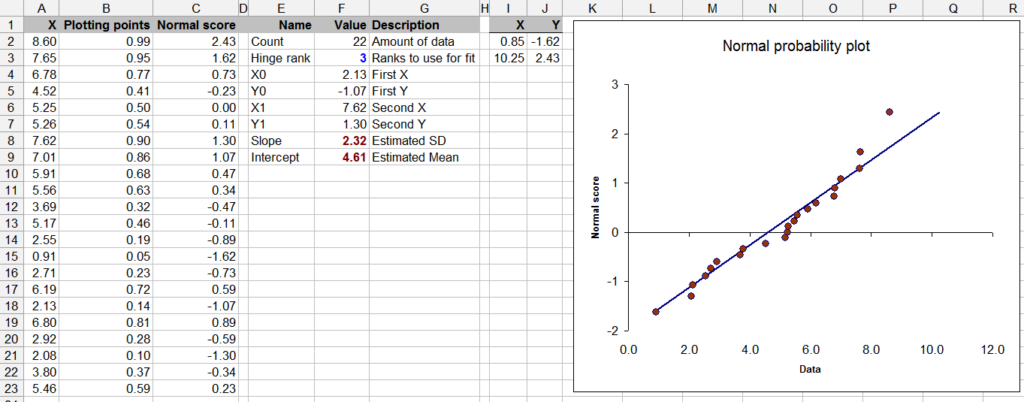Sure, here’s a suggested introduction for your blog:
Geek: How to Know if Data is Normally Distributed in Excel
In the world of data analysis, understanding whether your data follows a normal distribution is crucial. In this article, we will explore how to determine if your data is normally distributed using Excel.
How to Determine Normal Distribution of Data in Excel: A Technological Approach
Sure! Here’s a technological approach to determining normal distribution of data in Excel:
To determine the normal distribution of data in Excel, you can follow these steps:
Step 1: Open Excel and ensure that your data is organized in columns or rows.
Step 2: Calculate the mean (average) and standard deviation of your data set using the appropriate Excel functions. The mean is calculated using the “AVERAGE” function, while the standard deviation is calculated using the “STDEV” or “STDEV.S” function, depending on the version of Excel you are using.
Step 3: Create a new column or row next to your data and label it “Z-Score.”
Step 4: Use the “Z-SCORE” function in Excel to calculate the Z-score for each data point. The Z-score represents the number of standard deviations a data point is from the mean. A Z-score close to 0 indicates that the data point is close to the mean, while a Z-score further away from 0 indicates that the data point deviates more from the mean.
Step 5: Plot a histogram of the Z-scores using Excel’s built-in charting tools. This will allow you to visually assess the distribution of your data.
Step 6: Analyze the histogram to determine if the data follows a normal distribution. In a normal distribution, the majority of data points should be clustered around the mean, with fewer data points in the tails.
By following these steps, you can use Excel’s technological capabilities to determine if your data follows a normal distribution.
Frequent Questions
How can I determine if my data follows a normal distribution using Excel?
You can determine if your data follows a normal distribution using Excel by creating a histogram of your data and visually inspecting its shape. Additionally, you can use the NORMDIST function to calculate the probability density for each data point and compare it to the observed frequency.
Are there any specific statistical tests or functions in Excel that can help me assess the normality of my data?
Yes, there are specific statistical tests and functions in Excel that can help you assess the normality of your data. One commonly used function is the NORMDIST function, which calculates the probability density function for a normal distribution. Additionally, you can use the NORM.S.INV and NORM.INV functions to determine the inverse cumulative distribution and the cumulative distribution, respectively. These functions can assist in analyzing the distribution of your data and assessing its normality.
What graphical techniques or visualizations can I use in Excel to visually inspect the distribution of my data and determine if it is normally distributed?
In Excel, you can use histograms, box plots, and QQ plots to visually inspect the distribution of your data and determine if it is normally distributed.
In conclusion, being able to determine if data is normally distributed in Excel is a valuable skill for anyone working with technology. By utilizing the various statistical functions and tools available in Excel, such as histogram analysis and the Shapiro-Wilk test, one can confidently assess the distribution pattern of their data. Recognizing normality is crucial in making accurate predictions, identifying outliers, and selecting appropriate statistical tests. So, mastering these techniques can greatly enhance data analysis and decision-making processes in the realm of technology.



